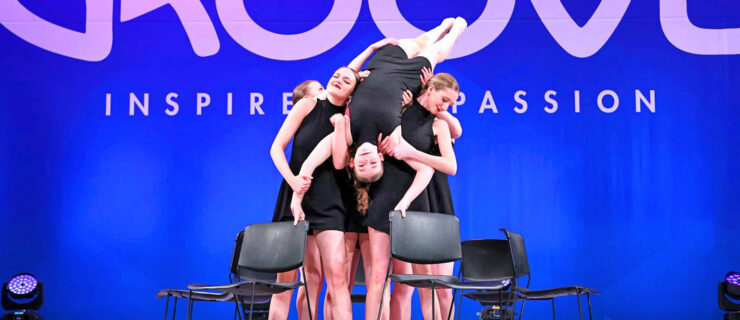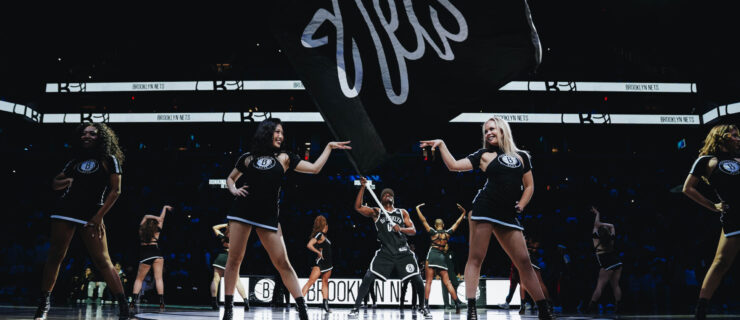Hoofer Status
When we talk about tap, we often use the terms “tapper” and “hoofer” interchangeably—but the two aren’t really synonymous. “ ‘Hoofer’ is kind of a loaded term when we use it to describe today’s tappers,” says tap master teacher Derick K. Grant. It’s not unlike the term “ballerina”: You don’t call just anyone a ballerina, because a ballet dancer needs to have achieved a certain level of artistry to earn the status. “The title ‘hoofer’ deserves respect and care,” agrees tap icon Jason Samuels Smith. “It needs to be used delicately, and only in the appropriate context.”
So what does it mean to be a hoofer in the 21st century? Dance Spirit asked Grant, Smith and Michela Marino Lerman—three tappers with varying opinions on the subject—to weigh in on what “hoofing” really means.
Derick K. Grant (photo by Matthew Murphy)
Derick K. Grant
What’s a hoofer?
“A hoofer is a hard-core, rugged, inner-city tapper with a ‘tap or die’ attitude. That idea comes from the original hoofers—Lon Chaney, Chuck Green, Buster Brown, Jimmy Slyde—who dominated the tap scene in Harlem, NYC, in the 1970s and ’80s. These cats had swag out the roof. Typically impoverished African Americans, they performed with the knowledge that every nickel and dime counted, and that sense of urgency informed their style.”
What does hoofing look like?
“It’s aggressive, it’s sharp, it’s clever. It’s dancers stealing other dancers’ material and finding imaginative ways to switch it up. In terms of the nuts and bolts of the technique, it tends to be a flat-footed style that’s low to the ground—but that doesn’t mean it’s all one note. There are so many details between the toe and the heel of a tap shoe, and hoofers use weight to create all different shades and tones.”
Michela Marino Lerman (photo by Sally Cohn, courtesy Michela Marino Lerman)
Michela Marino Lerman
What’s a hoofer?
“A hoofer is a person who tap dances—but it’s deeper than that. Being a hoofer is a lifestyle. It’s about sleeping, eating and breathing tap dance. To be a hoofer, you don’t just have a run-of-the-mill dance life. You hang out with your fellow tap dancers until the early hours of the morning, you go to jazz clubs, you jam with all different types of people and you know music as well as you know dance. Improvisation is central: What do you feel in the moment, and how can you convey that feeling through your sound and movement? How can you move the audience to go with you on a journey? That’s being a hoofer.”
What does hoofing look like?
“Hoofing looks and sounds like freedom. It’s about getting in touch with that thing inside you just itching to get out. To be a hoofer, you have to be yourself—you can’t copy other people. Of course, you draw inspiration from
everything around you, but you must find your own voice. When you’re working with other tap dancers or musicians, it’s about having an open ear, listening and communicating with all the elements surrounding you and telling a story.”
Jason Samuels Smith (photo by AK47 Division, courtesy Divine Rhythm Productions)
Jason Samuels Smith
What’s a hoofer?
“A hoofer is a tapper who’s achieved a certain level of wisdom and sophistication in his or her craft. Hoofers are masters of improvisation, with a heightened sense of musicality. They’re so dedicated to tap, they live it completely, to the point where it becomes not just a style of dance but a lifestyle. You can consider yourself a hoofer only after you’ve lived the life of one.”
What does hoofing look like?
“It’s characterized by musical sensibility and approach. A hoofer doesn’t dance over the music, or use it as a metronome. He becomes a part of the music, another musician in the band.”



